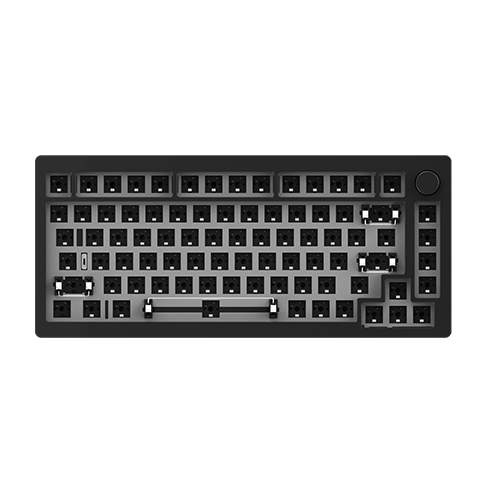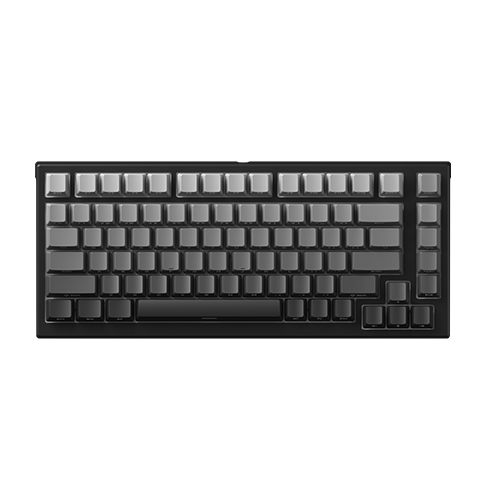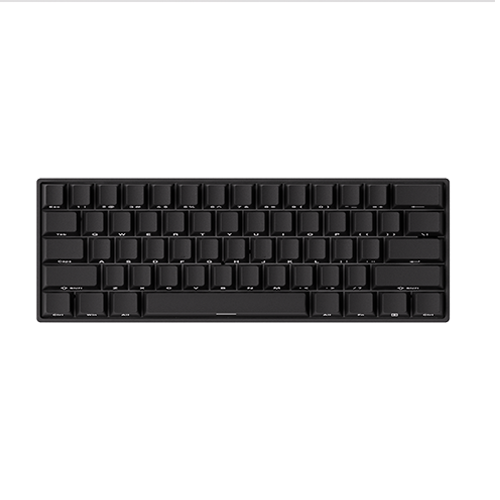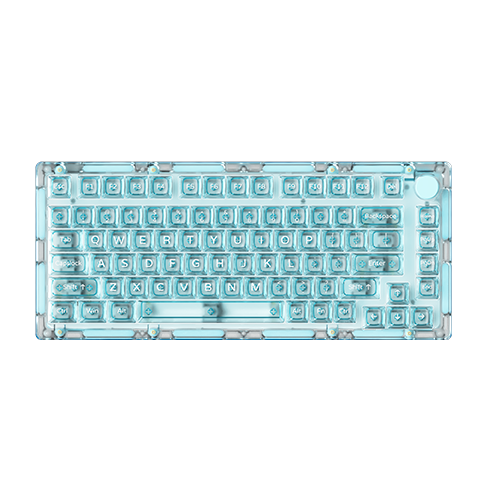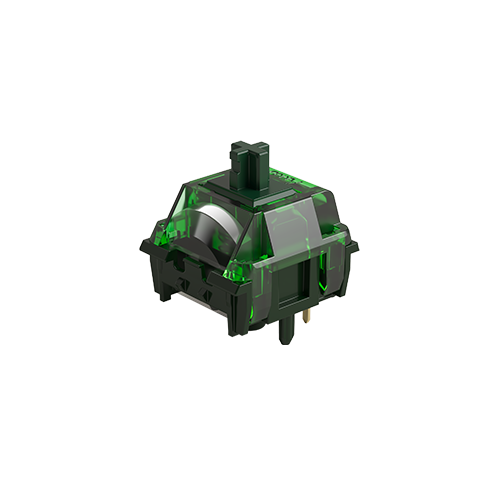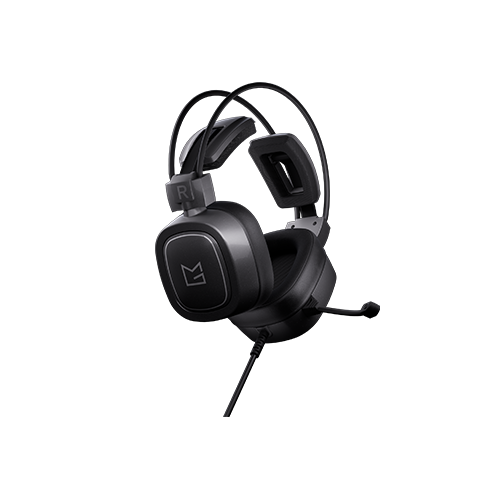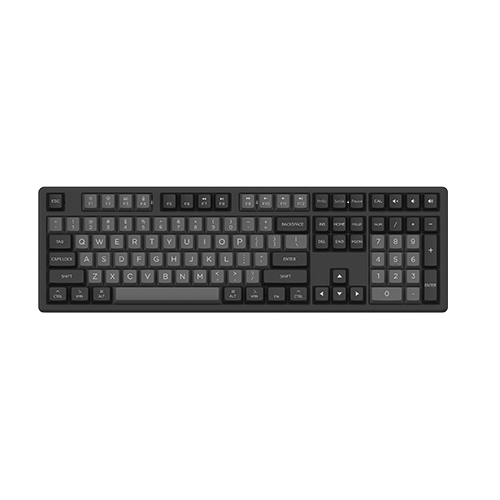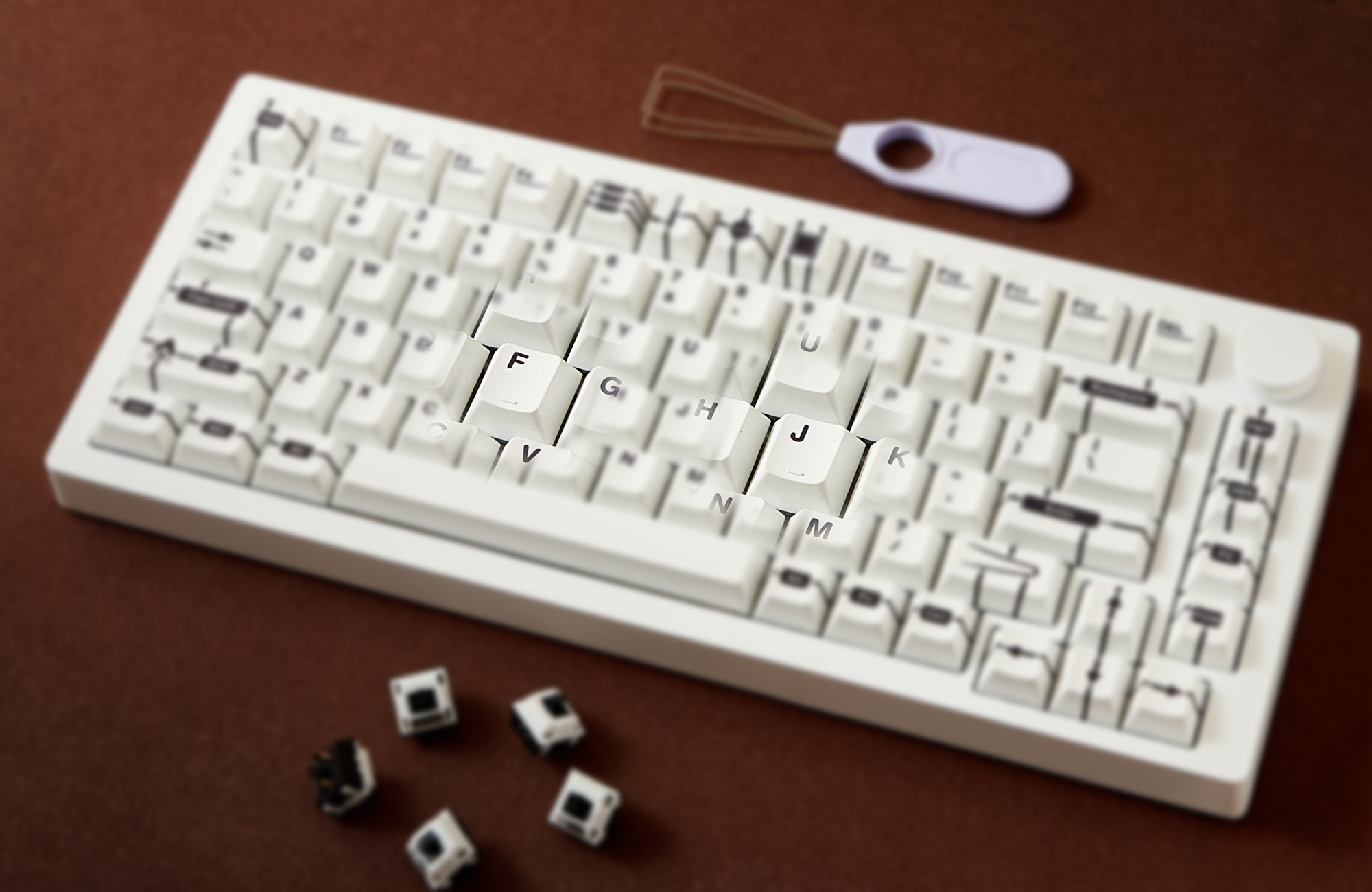Why the “F” and “J” Keys Feel Different on Your Keyboard
📅May. 21 2025
It’s All About Touch Typing
Back in the day (we’re talking typewriter days), people started learning how to type without looking at the keys—what we now call touch typing. The idea was to keep your hands in the same spot and let muscle memory do the work. That’s where the home row comes in—the middle row on the keyboard where your fingers are supposed to “rest.”
On a standard QWERTY layout, your left hand sits on A–S–D–F, and your right hand on J–K–L–;. To help you find your way without glancing down every two seconds, those little bumps on “F” and “J” give your index fingers something to feel and align with. Simple, but genius.
Every Keyboard Has Them (Well, Almost)
You’ll pretty much always find the “F” and “J” keys have some sort of tactile bump. It could be a tiny ridge, a deeper scoop, or a different texture—especially if you’re into custom keycaps—but the goal is always the same: helping your fingers find home base.
Not Just for Typists
These little features aren’t just for fast typists. They’re actually a huge help for accessibility, especially for people with low vision. They let you orient yourself without needing to see the keys, which is a small design choice that makes a big impact.

